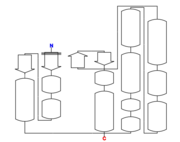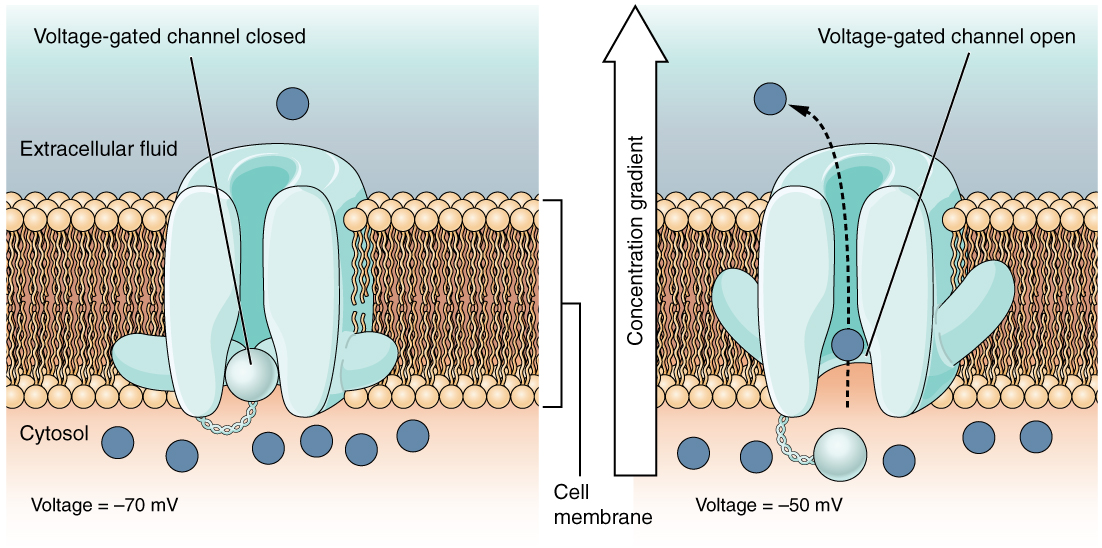Sandbox Reserved 1500
From Proteopedia
| Line 20: | Line 20: | ||
=== Tertiary structure === | === Tertiary structure === | ||
| - | + | 5hfg behaves as a monomer or a dimer in solution but it has a monomeric composition. 5hfg is one distinct polypeptide molecule. <ref>https://www.ebi.ac.uk/pdbe/entry/pdb/5HFG</ref> | |
| Line 27: | Line 27: | ||
== Nature == | == Nature == | ||
| - | '''5hfg''' is a disulfide reductase DsbM from Pseudomonas aeruginosa. The Dsb family of proteins is mainly used to oxidize and reduce cysteine residues of substrate proteins. Most enzymes from Dsb-family catalyze disulfide formation in periplasmic or secreted substrate proteins. This protein contain a CXXC motif which sequence is homologous to the Dsb-family proteins. The CXXC motif is the actif site of the protein for the catalysis of disulfide oxidoreduction, moreover, this site also caracterize the affinity with the substrate protein. | + | '''5hfg''' is a disulfide reductase DsbM from Pseudomonas aeruginosa. The Dsb family of proteins is mainly used to oxidize and reduce cysteine residues of substrate proteins. Most enzymes from Dsb-family catalyze disulfide formation in periplasmic or secreted substrate proteins. This protein contain a CXXC motif which sequence is homologous to the Dsb-family proteins. The CXXC motif is the actif site of the protein for the catalysis of disulfide oxidoreduction, moreover, this site also caracterize the affinity with the substrate protein. It has 2 main domains, the Lid domain and the thioredoxine domain |
| - | + | ||
<ref>https://www.researchgate.net/publication/308186632_Crystal_structures_of_the_disulfide_reductase_DsbM_from_Pseudomonas_aeruginosa</ref> | <ref>https://www.researchgate.net/publication/308186632_Crystal_structures_of_the_disulfide_reductase_DsbM_from_Pseudomonas_aeruginosa</ref> | ||
| + | |||
It has no bound ligands and no modified residues. | It has no bound ligands and no modified residues. | ||
Sequence domains: | Sequence domains: | ||
Revision as of 16:37, 11 January 2019
| This Sandbox is Reserved from 06/12/2018, through 30/06/2019 for use in the course "Structural Biology" taught by Bruno Kieffer at the University of Strasbourg, ESBS. This reservation includes Sandbox Reserved 1480 through Sandbox Reserved 1543. |
To get started:
More help: Help:Editing |
|
Contents |
Structural highlights
| 5hfg is a 1 chain structure. Full crystallographic information is available from OCA. For a guided tour on the structure components use FirstGlance. | |
| Related: | 5hfi |
| Secondary structure: |  Figure 1: 5HFG secondary structure.[1] |
| Resources: | FirstGlance, OCA, PDBe, RCSB, PDBsum, ProSAT |
Global Symmetry: Asymmetric - C1
Global Stoichiometry: Monomer - A
Its theoretical weight is 25.29 KDa
Primary structure
5hfg is a 1 chain structure of 238 amino acids. [2]
Secondary structure
The structure of 5hfg mainly consists in alpha helix (12) , beta sheets (4), you can check the 3D view here. 
Tertiary structure
5hfg behaves as a monomer or a dimer in solution but it has a monomeric composition. 5hfg is one distinct polypeptide molecule. [3]
Nature
5hfg is a disulfide reductase DsbM from Pseudomonas aeruginosa. The Dsb family of proteins is mainly used to oxidize and reduce cysteine residues of substrate proteins. Most enzymes from Dsb-family catalyze disulfide formation in periplasmic or secreted substrate proteins. This protein contain a CXXC motif which sequence is homologous to the Dsb-family proteins. The CXXC motif is the actif site of the protein for the catalysis of disulfide oxidoreduction, moreover, this site also caracterize the affinity with the substrate protein. It has 2 main domains, the Lid domain and the thioredoxine domain [4]
It has no bound ligands and no modified residues. Sequence domains: Thioredoxin-like superfamily DSBA-like thioredoxin domain
Function
This protein has a disulfide oxidoreductase activity, it is implicated in the reduction of the cytoplasmicredox-sensor protein OxyR in Pseudomonas aeruginosa.
Relevance
Click to see a sample scene created with SAT by Group, and to see a transparent representation of the protein.
